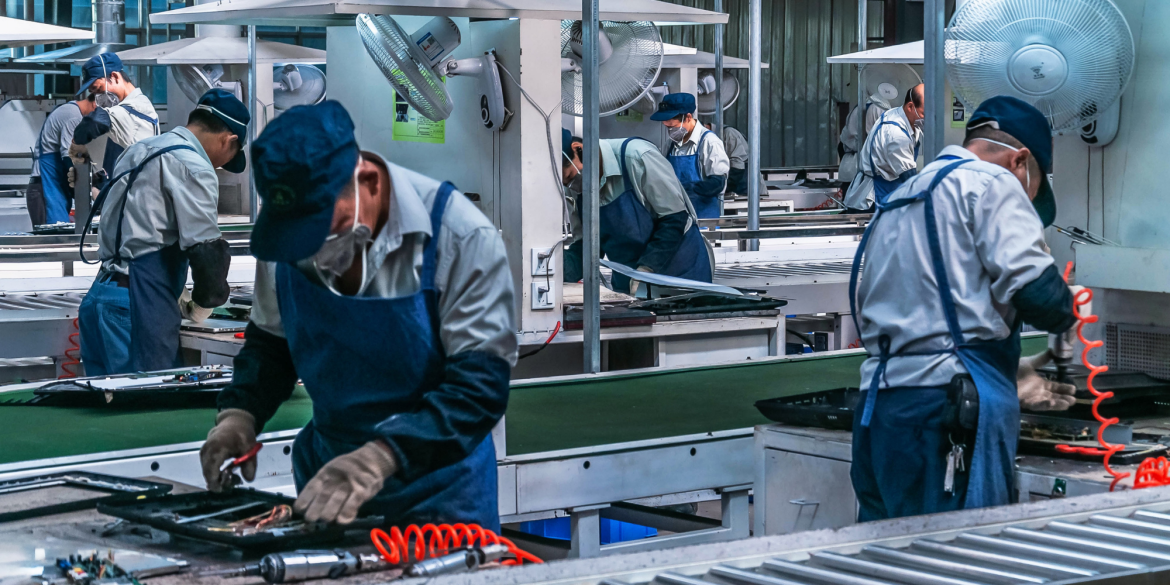In order to create a high-quality 3D printed part, you need to use a material that can withstand the stresses of the printing process. Urethane resin is one such material that is perfect for 3D printing applications. In this article, we will show you how to cast urethane resin parts using 3D printing techniques. Visit the prototype manufacturing company
Urethane resin is a versatile material that can be used for a variety of applications. It is often used in the manufacture of 3D printed parts. Urethane resin can be cast into almost any shape and is available in a range of colors. It is also resistant to chemicals and heat.
Urethane resin is made from two components, a polyol and a diisocyanate. The ratio of these two components determines the hardness of the urethane resin. A higher ratio of diisocyanate will result in a harder urethane resin.
How to Cast Urethane Resin Parts:
1. Choose your mold material.
There are many different types of materials that can be used to create molds for casting urethane resin parts, including silicone, rubber, plaster, and even wood. Each type of mold material has its own advantages and disadvantages, so it’s important to choose the right one for your project.
2. Prepare your mold material.
Once you’ve selected your mold material, it’s time to prepare it for use. If you’re using silicone, for example, you’ll need to mix it with a curing agent before it can be used. Consult the instructions that came with your mold material for specific details on how to prepare it.
3. Mix your urethane resin.
Before you can cast your urethane resin part, you’ll need to mix the resin with a hardener. The ratio of resin to hardener will vary depending on the type of resin you’re using, so be sure to consult the instructions that came with your resin for specific details.
4. Pour your urethane resin into the mold.
Once you’ve mixed your resin and hardener, it’s time to pour it into the mold. Be sure to pour slowly and evenly to avoid air bubbles in your finished product.
5. Allow the urethane resin to cure.
After you’ve poured your urethane resin into the mold, you’ll need to allow it to cure. The amount of time it takes for the resin to cure will vary depending on the type of resin you’re using, so be sure to consult the instructions that came with your resin for specific details.
6. Remove the urethane resin part from the mold.
Once the urethane resin has cured, you can remove the finished part from the mold. Start by gently flexing the mold to loosen the resin part, then carefully pull it out of the mold.
3D Printing Techniques
There are many different types of 3D printing techniques, each with its own advantages and disadvantages. The type of technique you choose will depend on the application for which you’re using the 3D printed part.
The most common type of 3D printing technique is called fused deposition modeling (FDM). FDM works by extruding a thin layer of molten material onto a build platform. The material is then cooled and solidified, and the process is repeated until the part is built up layer by layer.
FDM is a popular 3D printing technique because it’s relatively inexpensive and easy to use. However, FDM parts are not as strong as parts made with other 3D printing techniques.
Another common type of 3D printing technique is called stereolithography (SLA). SLA works by curing a layer of photopolymer resin with a UV laser. The process is then repeated until the part is built up layer by layer.
Conclusion – How to Cast Urethane Resin Parts – 3D Printing Techniques
To cast urethane resin parts, you will need a mold and a urethane resin kit. The mold can be made from silicone, rubber, plaster, or wood. Once you have mixed the resin and hardener, pour the mixture into the mold and allow it to cure. once it has cured, remove the part from the mold.
3D printing techniques such as FDM and SLA can be used to create molds for casting urethane resin parts. FDM is a popular 3D printing technique because it’s relatively inexpensive and easy to use. However, FDM parts are not as strong as parts made with other 3D printing techniques.
